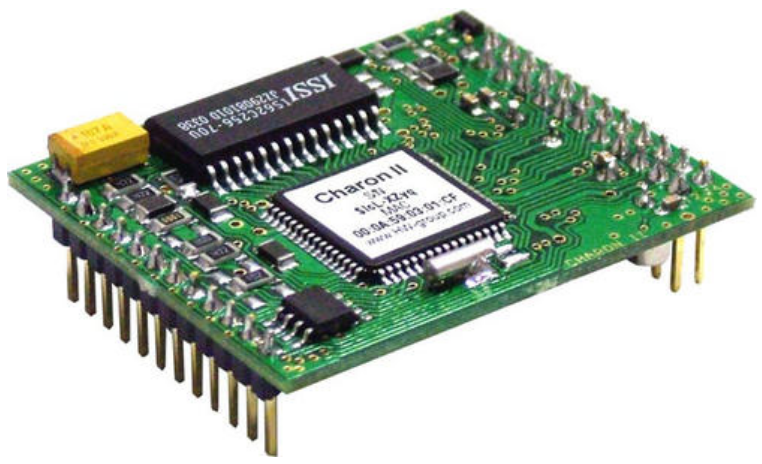The solderability of circuit board hole affects the welding quality
The bad solderability of circuit board holes will produce false soldering defects, which will affect the parameters of components in the circuit, and lead to the instability of multilayer PCB board components and inner wires, which will lead to the failure of the whole circuit function.
The so-called solderability is the property that the metal surface is wetted by the molten solder, that is, a relatively uniform continuous smooth adhesion film is formed on the metal surface of the solder. The main factors affecting the solderability of printed circuit boards are as follows:
Composition of solder and properties of solder to be soldered
Solder is an important part in the process of welding chemical treatment. It is composed of chemical materials containing flux. The commonly used low melting point eutectic metal is Sn Pb or Sn Pb AG. The content of impurities should be controlled in proportion to prevent the oxide produced by impurities from being dissolved by flux. The function of flux is to help the solder to wet the surface of the circuit board by transferring heat and removing rust. White rosin and isopropanol solvents are generally used.
Welding temperature and surface cleanliness of sheet metal
Welding temperature and cleanliness of the metal plate surface also affect weldability. If the temperature is too high, the solder diffusion speed will be accelerated. At this time, it has a high activity, which will make the circuit board and solder melt surface oxidize rapidly, resulting in welding defects. If the surface of the circuit board is polluted, the solderability will also be affected, resulting in defects. These defects include solder bead, solder ball, open circuit, poor gloss, etc.
Welding defects caused by warping
The circuit board and components are warped in the welding process, resulting in defects such as false soldering and short circuit due to stress deformation. Warpage is often caused by the temperature imbalance between the upper and lower parts of the circuit board. For large
PCB, due to the weight of the board itself will also produce warpage.
The distance between ordinary PBGA device and printed circuit board is about 0.5mm. If the device on the circuit board is large, the solder joint will be under the stress for a long time with the circuit board returning to normal shape after cooling down. If the device is raised by 0.1mm, it will be enough to lead to open circuit.
The design of circuit board affects the welding quality
In terms of layout, when the circuit board size is too large, although welding is easy to control, the printed line is long, the impedance is increased, the anti noise ability is reduced, and the cost is increased; if the circuit board is too small, the heat dissipation is reduced, and the welding is not easy to control, and it is easy to cause mutual interference between adjacent lines, such as electromagnetic interference of circuit board. Therefore, the
PCB design must be optimized
Shorten the connection between high frequency electronic components and reduce EMI interference.
Electronic components with heavy weight (such as more than 20g) should be fixed with bracket and then welded.
Heat dissipation should be considered for heating components to prevent large Δ t defects and rework on the surface of components. Thermal components should be far away from the heat source.
The arrangement of components should be parallel as far as possible, which is not only beautiful but also easy to weld, so it is suitable for mass production. The best design of the circuit board is 4 ?? 3 rectangle. The wire width should not be changed suddenly to avoid the discontinuity of wiring. When the circuit board is heated for a long time, the copper foil is easy to expand and fall off. Therefore, large area copper foil should be avoided.
In order to ensure the overall quality of PCB, we should use good solder, improve the solderability of PCB, and prevent warpage to prevent defects.

